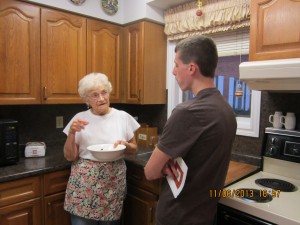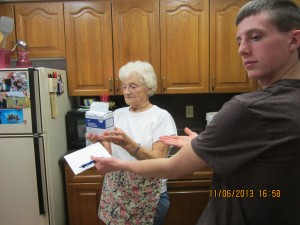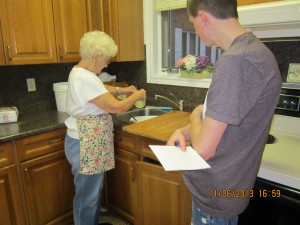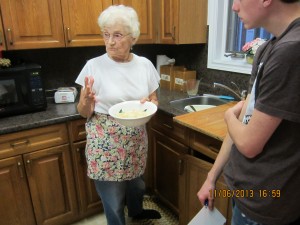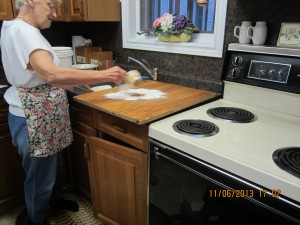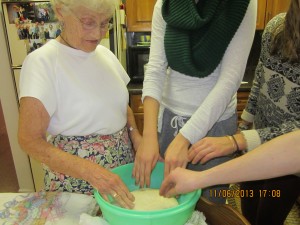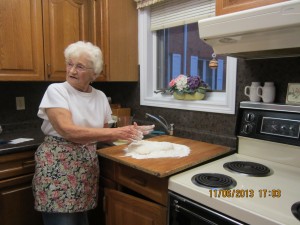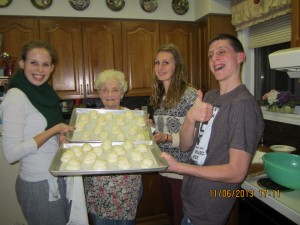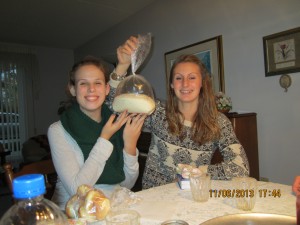Making Zwiebach
A Zwiebach is a two- tiered bun, one on top of the other. Zwie means two in a German dialect. Mennonites love Zwiebachs, and so does anyone else, who has ever tasted one. The experience cannot be described in words if the Zwiebach baker knows how to do it properly. Many are beckoned but few are summoned.
The following is an account of what happened when three would be bakers of Zwiebach, we’ll call them Kiana, Chloe, and Mitchell, summed a renowned Zwiebach baker, we’ll call her Aggie, to show them how it’s done.
The dough was made previously so as to allow the Zwiebachs to be baked at the end of the session.
This is what the dough looks like before it is created into Zwiebachs and put in the baking pan. A piece of dough, which will be the bottom part of the bun, is pinched off with the right hand and placed in the pan.
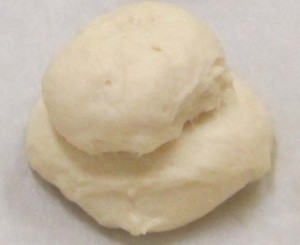
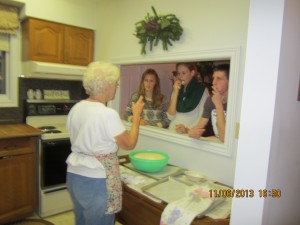
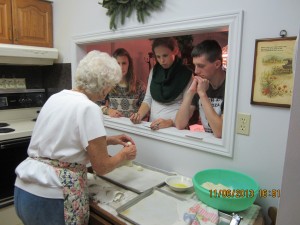
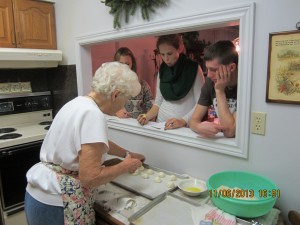
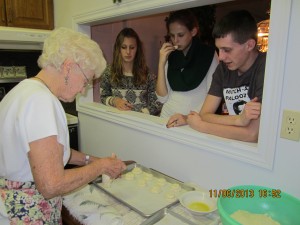
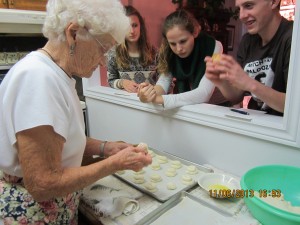
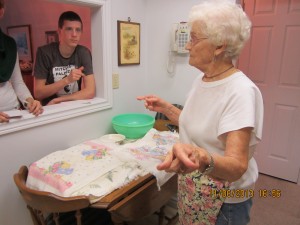
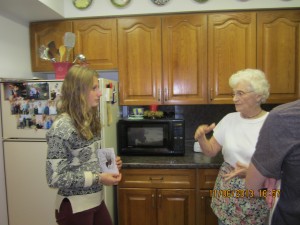
Recipe
